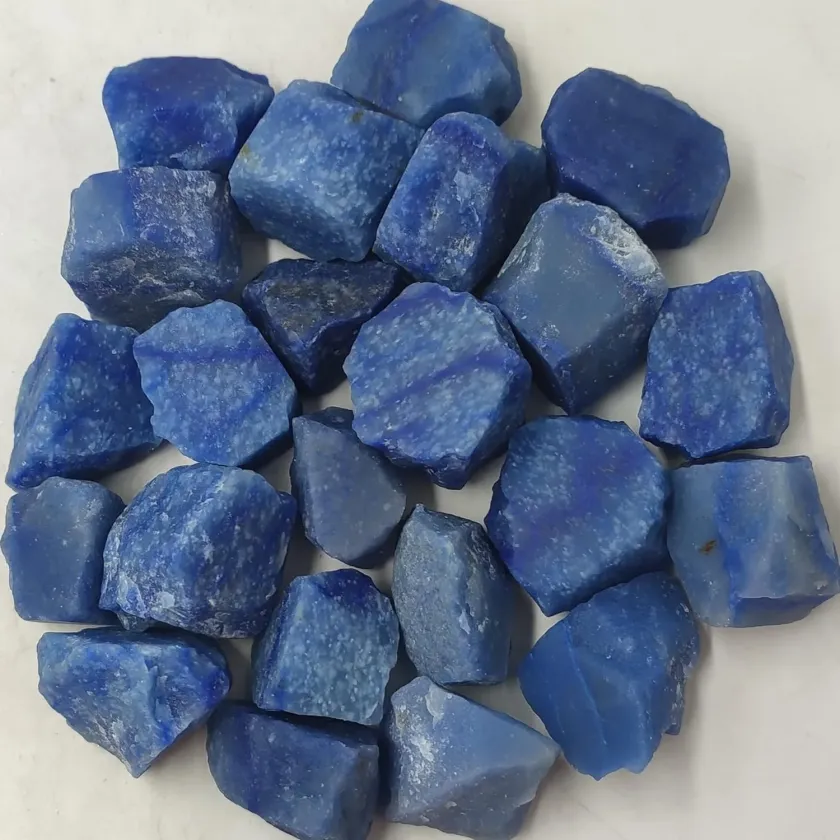
Appearance
The most distinctive physical characteristic of Blue Aventurine is, as its name suggests, blue in color. The blue can range in tone from a deep and rich azure to a faint, nearly translucent blue. Though there may be some variances, the color of the stone is usually consistent throughout. One form of quartz with a hexagonal crystal structure is called blue aventurine. When the gemstone is polished and cut, its structure gives it a unique shape with facets and angles that intensify its shine.
Geographical Distribution
Several of the main mining locations and deposits for aventurine are found in the USA, Brazil, South Africa, Russia, Chile, Italy, and India.
Metaphysical Properties
It’s thought that it will improve clarity of expression and communication, lessen tension and anxiety, and encourage feelings of tranquility. This makes it a well-liked option for people who meditate or engage in crystal healing.

History
Like many other gemstones, blue aventurine has a rich cultural and metaphysical past. Although the precise historical use of this gemstone may not be as well-established as that of certain other gemstones, it is typically linked to qualities of tranquility, inner calm, and self-discovery.
Chemical Properties
Disseminated Dumortierite, the mineral responsible for adding color to the blue aventurine, is a component of microcrystalline quartz grains.
Uses
Associated with improving self-expression, communication, and soothing energies. It is applied for stress relief and throat chakra work.
In addition to being beautiful, aventurine jewelry is thought to bestow good fortune, plenty, and great energy on its wearer.
Table





